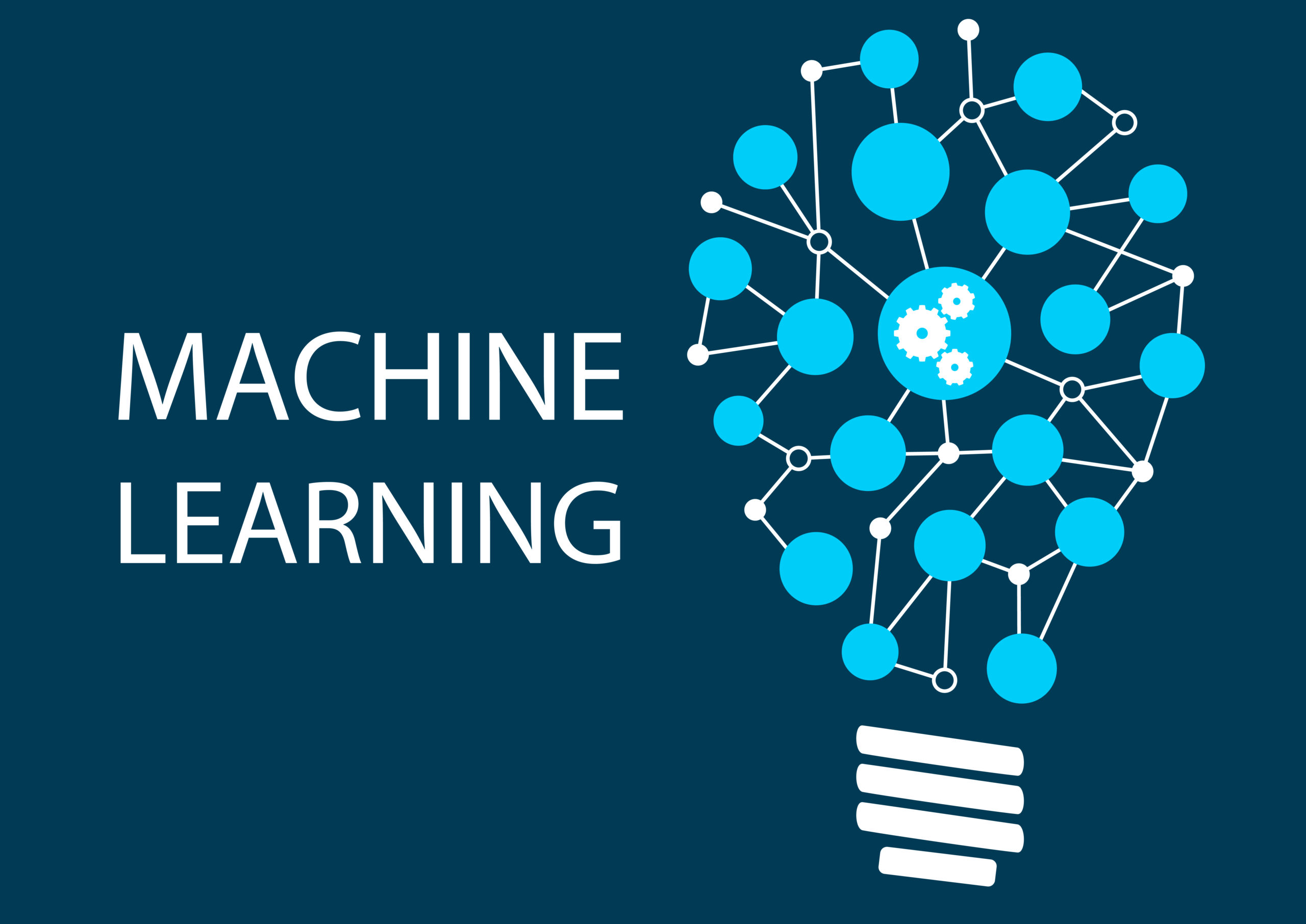Introduction:
In the ever-evolving landscape of technology, machine learning (ML) continues to be a driving force behind transformative advancements. As we step into 2024, the field of machine learning has witnessed remarkable progress, with new breakthroughs and applications reshaping industries and society at large. This blog explores the current state of machine learning, highlighting key trends, advancements, and the impact of these developments on various sectors.
-
Exponential Growth of Data:
The foundation of machine learning lies in data, and in 2024, we find ourselves amidst an unprecedented era of data generation. The proliferation of connected devices, IoT sensors, and digital platforms has led to an exponential growth in the volume, velocity, and variety of data. This abundance of data provides machine learning algorithms with richer sources of information, enabling more accurate predictions and insights.
Machine learning algorithms have become increasingly sophisticated, leveraging complex neural network architectures. In 2024, deep learning models, such as GPT-4 and advanced convolutional neural networks (CNNs), are commonplace, allowing for more nuanced understanding of data. These models excel in image recognition, natural language processing, and even in generating creative content.
-
Explainability and Ethical AI:
As machine learning systems play a more prominent role in decision-making processes, the demand for explainable AI has grown significantly. In 2024, researchers and developers prioritize building models that not only perform well but also provide transparent insights into their decision-making processes. Ethical considerations surrounding bias and fairness are at the forefront, with efforts to minimize and address algorithmic biases gaining momentum.
-
Edge Computing and Federated Learning:
The rise of edge computing has reshaped how machine learning models are deployed. In 2024, edge devices, such as smartphones and IoT devices, often process data locally, reducing the need for constant connectivity to central servers. Federated learning has emerged as a key technique, allowing models to be trained collaboratively across decentralized devices without sharing raw data, enhancing privacy and efficiency.
-
Transfer Learning and Few-Shot Learning:
Transfer learning has become a cornerstone of machine learning applications, enabling models to leverage knowledge gained from one task to excel in related tasks. Few-shot learning, a subset of transfer learning, has gained prominence, allowing models to generalize from a minimal amount of labeled data. This approach significantly reduces the data requirements for training robust models.
-
AI in Healthcare:

The healthcare sector has experienced a revolution in patient care and diagnostics due to machine learning. In 2024, ML applications are integral to personalized medicine, drug discovery, and early disease detection. AI-driven diagnostic tools, empowered by deep learning algorithms, enhance accuracy in medical imaging, pathology analysis, and genetic sequencing.
-
Autonomous Systems and Robotics:
Advancements in machine learning have propelled the development of autonomous systems and robots. From self-driving cars to intelligent drones, these systems leverage real-time data processing and decision-making. In 2024, we see a more seamless integration of machine learning into robotics, enabling these systems to adapt to dynamic environments and perform complex tasks with greater precision.
-
Natural Language Processing (NLP) and Conversational AI:
Natural Language Processing has evolved to unprecedented levels, enabling machines to understand and generate human-like text. In 2024, conversational AI platforms powered by advanced language models provide more natural and context-aware interactions. These systems find applications in customer support, virtual assistants, and content creation.
-
Climate Change and Sustainability:
Machine learning plays a crucial role in addressing global challenges, with a significant focus on climate change and sustainability. ML models are used to analyze environmental data, optimize energy consumption, and develop innovative solutions for mitigating the impact of climate change. In 2024, AI is a key ally in the quest for sustainable practices across industries.
-
Continuous Learning and Adaptive Systems:
In 2024, machine learning systems are not static entities; they continuously adapt and learn from new data. Continuous learning frameworks allow models to stay relevant in dynamic environments, making them more resilient and adaptable. This shift from static to dynamic models ensures that machine learning systems remain effective over time.
11. The Rise of Quantum Machine Learning:
One of the most intriguing developments in machine learning in 2024 is the integration of quantum computing. Quantum machine learning leverages the principles of quantum mechanics to process information in ways that classical computers cannot. This promises to solve complex problems more efficiently, especially in areas such as optimization, cryptography, and simulation. Quantum machine learning algorithms, like Quantum Neural Networks, are being explored to unlock new capabilities and address challenges that were previously computationally infeasible.
12. AI Governance and Regulation:
With the increasing influence of machine learning in various aspects of society, the need for robust governance and regulation has become paramount. In 2024, governments and organizations are actively working on establishing ethical guidelines, frameworks, and standards for the responsible development and deployment of AI. This includes addressing issues related to bias, privacy, and accountability. Ethical AI certifications and audits are becoming common practices to ensure transparency and accountability in the use of machine learning systems.
13. Human-AI Collaboration:
In 2024, we are witnessing a shift towards more collaborative relationships between humans and AI. Instead of replacing human jobs, machine learning systems are augmenting human capabilities. This collaborative approach, often referred to as Human-AI Teaming, involves designing systems that complement human skills and expertise. This synergy between humans and AI is evident in fields such as design, creativity, and problem-solving, where machines enhance human potential rather than replacing it.
14. AI for Creativity and Artistic Expression:
Machine learning has transcended its utilitarian applications and entered the realm of creativity and art. In 2024, AI-generated art, music, and literature have gained acceptance and recognition. Creative algorithms, powered by generative models, produce unique and innovative pieces, challenging preconceived notions about the role of AI in artistic expression. Collaborations between artists and AI systems have given rise to new forms of creativity that blur the lines between man and machine.
15. Enhanced Cybersecurity with AI:
As cyber threats become more sophisticated, AI is playing a crucial role in fortifying cybersecurity defenses. Machine learning algorithms can quickly analyze vast amounts of data to detect patterns indicative of cyber attacks, helping organizations respond proactively to potential threats. In 2024, AI-driven cybersecurity solutions employ advanced anomaly detection, threat intelligence, and adaptive response mechanisms to safeguard sensitive information and critical infrastructure.
16. Augmented Reality (AR) and Machine Learning Integration:

The fusion of machine learning with augmented reality is reshaping user experiences. In 2024, AR applications leverage machine learning algorithms to provide more immersive and personalized interactions. From real-time language translation to object recognition, machine learning enhances the capabilities of AR devices, making them more intelligent and adaptable to diverse contexts.
17. Challenges and Ethical Considerations:
While the advancements in machine learning are groundbreaking, they come with their set of challenges and ethical considerations. The issue of bias in algorithms, interpretability of complex models, and the potential misuse of AI technologies are critical concerns. In 2024, the machine learning community is actively addressing these challenges, emphasizing the importance of interdisciplinary collaboration and ongoing dialogue to ensure that AI technologies are developed and deployed responsibly.
Conclusion:
As we delve into 2024, the landscape of machine learning continues to evolve, pushing the boundaries of what was once considered impossible. The convergence of advanced algorithms, abundant data, and ethical considerations has paved the way for transformative applications across various sectors. From healthcare to robotics, machine learning is not just a technological tool but a catalyst for innovation and positive change. As we embrace the opportunities and challenges that lie ahead, the journey into the frontier of machine learning promises to be one of continuous discovery and unparalleled advancement.


 Afrikaans
Afrikaans Albanian
Albanian Amharic
Amharic Arabic
Arabic Armenian
Armenian Azerbaijani
Azerbaijani Basque
Basque Belarusian
Belarusian Bengali
Bengali Bosnian
Bosnian Bulgarian
Bulgarian Catalan
Catalan Cebuano
Cebuano Chichewa
Chichewa Chinese (Simplified)
Chinese (Simplified) Chinese (Traditional)
Chinese (Traditional) Corsican
Corsican Croatian
Croatian Czech
Czech Danish
Danish Dutch
Dutch English
English Esperanto
Esperanto Estonian
Estonian Filipino
Filipino Finnish
Finnish French
French Frisian
Frisian Galician
Galician Georgian
Georgian German
German Greek
Greek Gujarati
Gujarati Haitian Creole
Haitian Creole Hausa
Hausa Hawaiian
Hawaiian Hebrew
Hebrew Hindi
Hindi Hmong
Hmong Hungarian
Hungarian Icelandic
Icelandic Igbo
Igbo Indonesian
Indonesian Irish
Irish Italian
Italian Japanese
Japanese Javanese
Javanese Kannada
Kannada Kazakh
Kazakh Khmer
Khmer Korean
Korean Kurdish (Kurmanji)
Kurdish (Kurmanji) Kyrgyz
Kyrgyz Lao
Lao Latin
Latin Latvian
Latvian Lithuanian
Lithuanian Luxembourgish
Luxembourgish Macedonian
Macedonian Malagasy
Malagasy Malay
Malay Malayalam
Malayalam Maltese
Maltese Maori
Maori Marathi
Marathi Mongolian
Mongolian Myanmar (Burmese)
Myanmar (Burmese) Nepali
Nepali Norwegian
Norwegian Pashto
Pashto Persian
Persian Portuguese
Portuguese Punjabi
Punjabi Romanian
Romanian Russian
Russian Polish
Polish Samoan
Samoan Scottish Gaelic
Scottish Gaelic Serbian
Serbian Sesotho
Sesotho Shona
Shona Sindhi
Sindhi Sinhala
Sinhala Slovak
Slovak Slovenian
Slovenian Somali
Somali Spanish
Spanish Sundanese
Sundanese Swahili
Swahili Swedish
Swedish Tamil
Tamil Tajik
Tajik Telugu
Telugu Turkish
Turkish Ukrainian
Ukrainian Urdu
Urdu Uzbek
Uzbek Thai
Thai Vietnamese
Vietnamese Welsh
Welsh Xhosa
Xhosa Yiddish
Yiddish Yoruba
Yoruba Zulu
Zulu